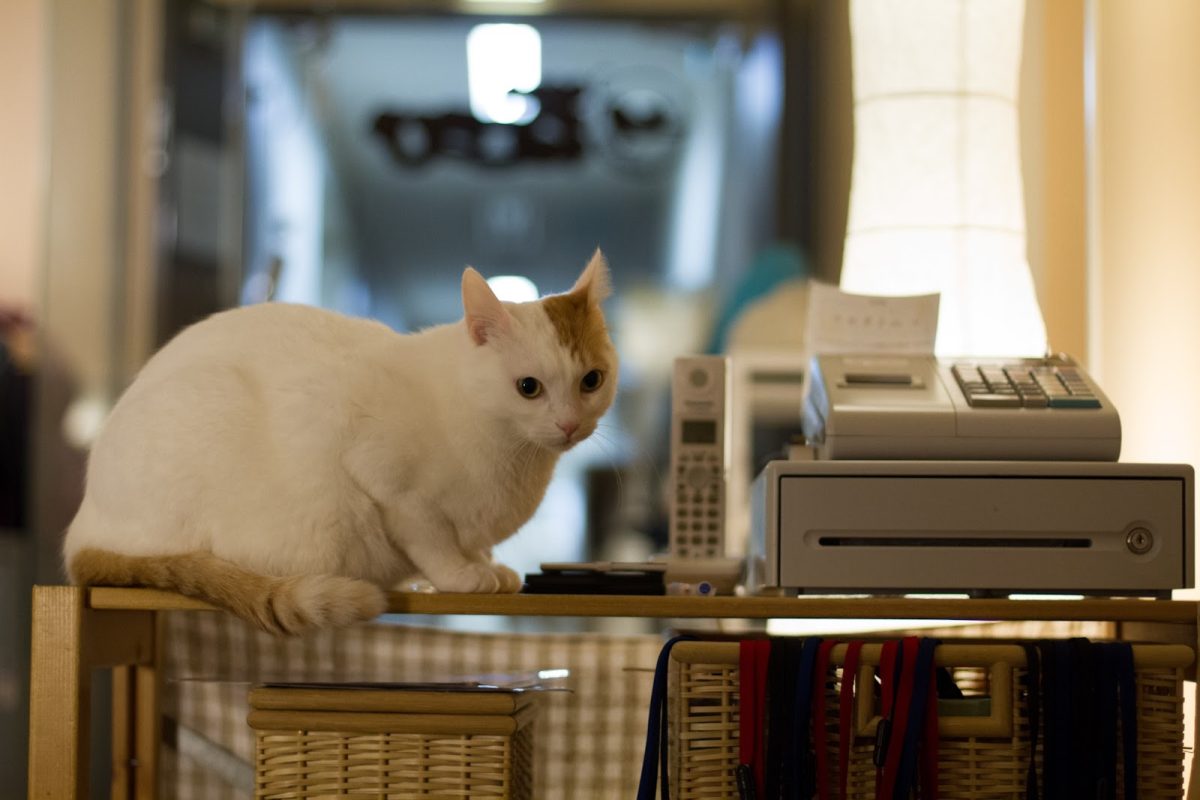By Raj Vaidya, staff reporter

One major gripe phone users hold is the lack of ample data. The current capacity –usually a skimpy 128 gigabytes— has not kept up with the sharp increase in data hogging movies, videos, and apps present in modern digital life.
At Rice University, a team of researchers developed a breakthrough in Resistive Random Access Memory (RRAM) technology. The breakthrough lies in the versatile material they used — silicon dioxide.
“I always run out of space and end up deleting things because I have no other choice. Hopefully a phone like this could help me with this problem,” junior Jason Ruiz said.
One of the most abundant substances on earth, Silicon Dioxide is more cost effective than traditional material and more practical too. This is largely because Silicon Dioxide Memory can be produced at room temperature, driving down production costs, and doesn’t require continuous power like conventional memory, making it convenient for users too.
“I wonder if all that extra memory will make the phone heavy. I don’t think this new material will be worth it,” junior Sabrina Rasmi said.
Despite some skepticism, prototypes are expected in the near future to further test this concept’s viability. If everything works out, phones with a terabyte of memory could just be a common occurrence.










































